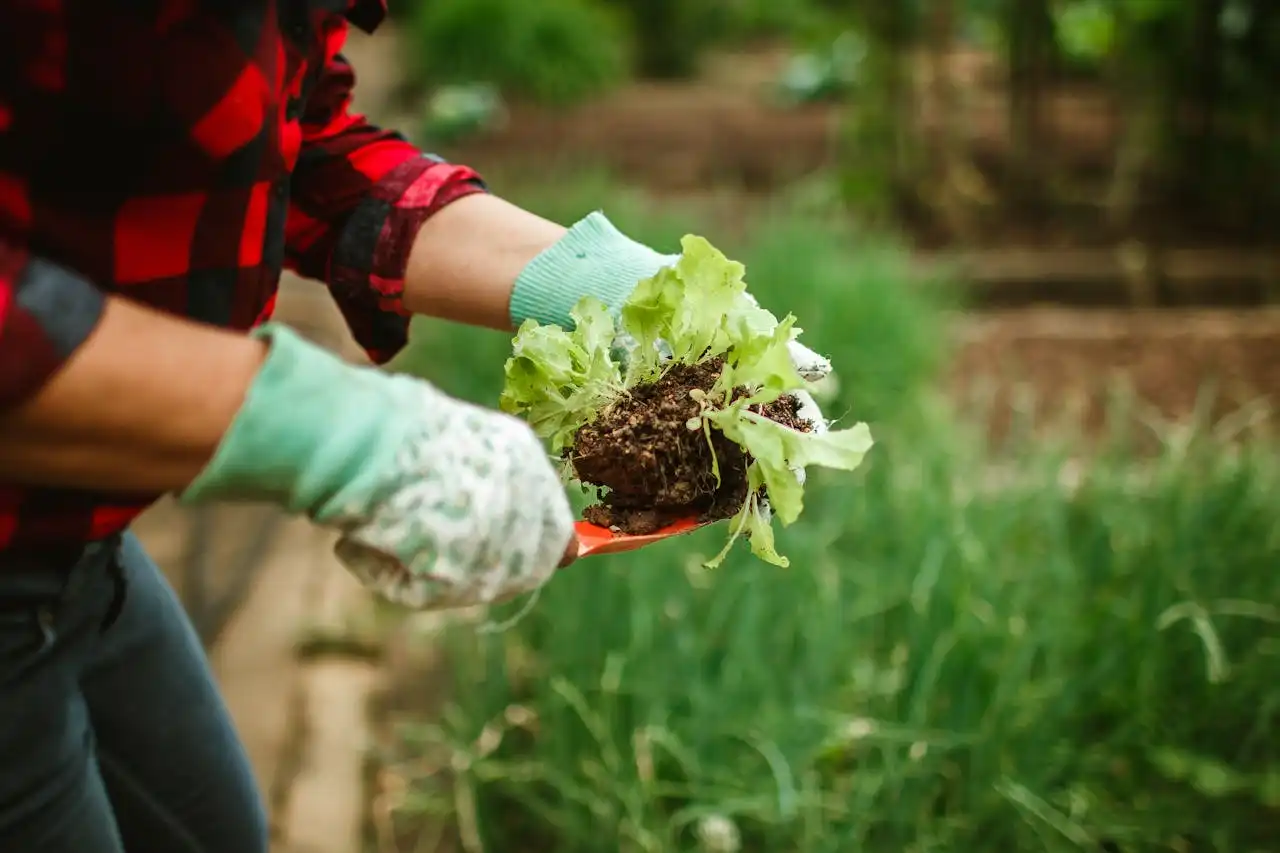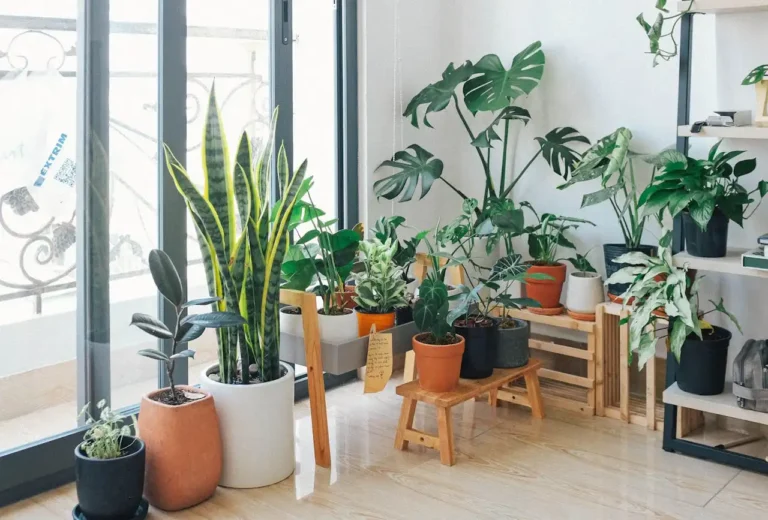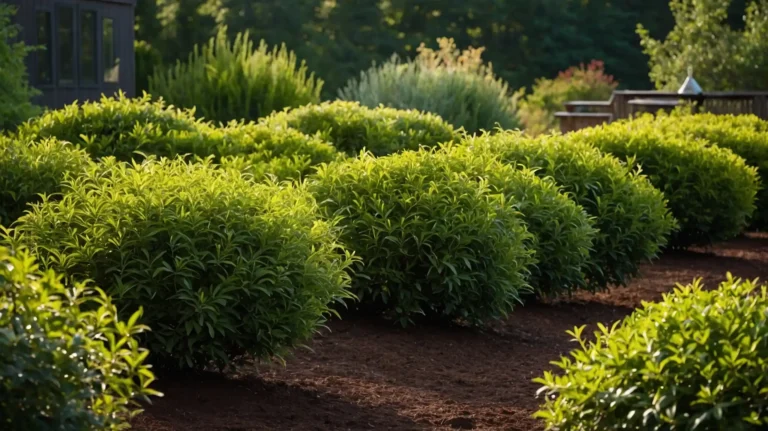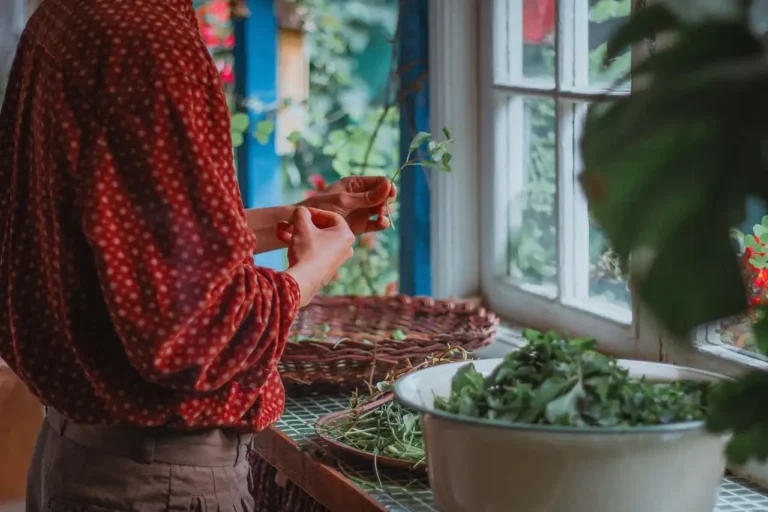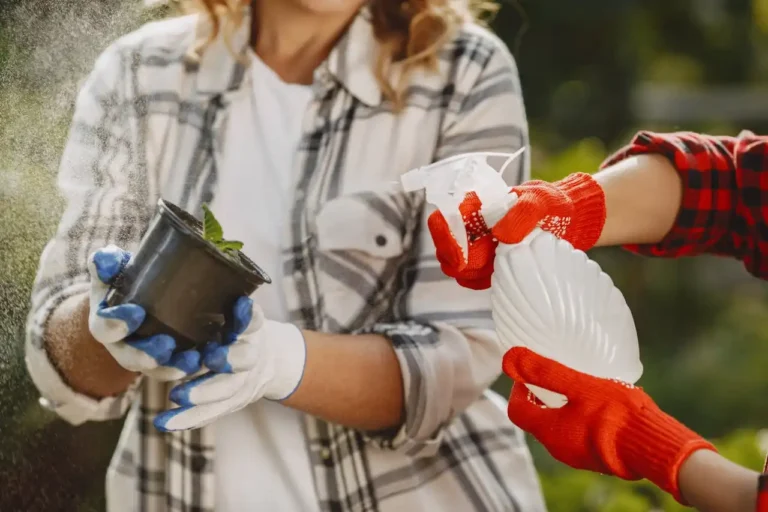Beginner’s Guide to Companion Planting for Healthy Growth
You’ve probably heard experienced gardeners mention companion planting, but what exactly does it mean?
Simply put, companion planting involves growing different plants together that benefit each other in various ways.
This ancient gardening practice can transform your garden into a thriving ecosystem where plants work together to promote healthy growth, ward off pests, and maximize your harvest.
Understanding Companion Planting
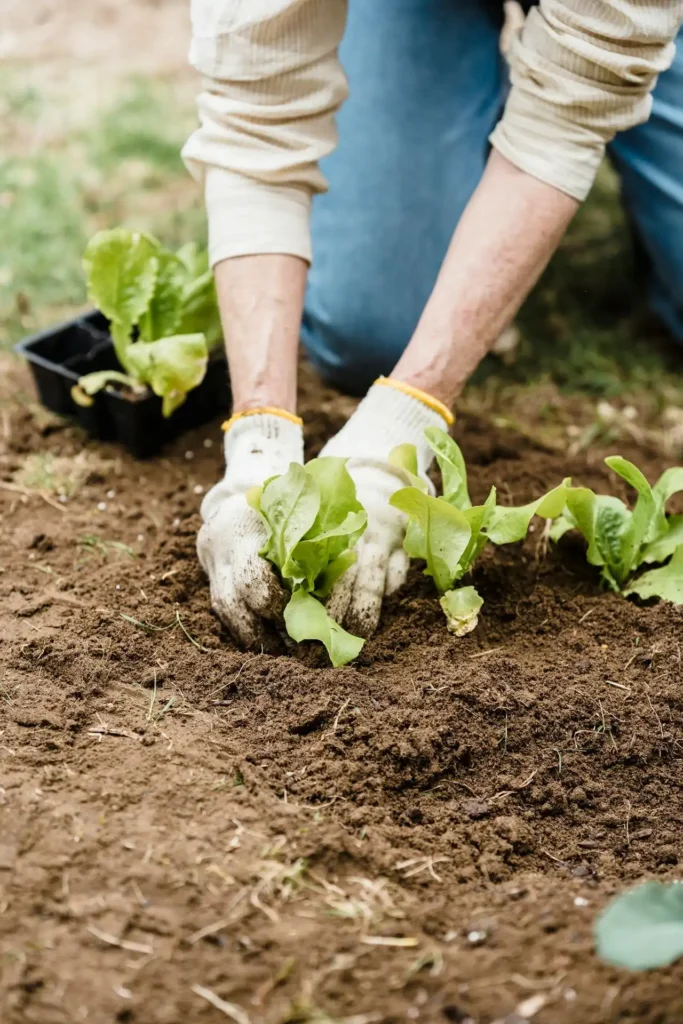
Companion planting isn’t just about randomly mixing plants together in your garden beds.
It’s a strategic approach that mimics nature’s own relationships between different plant species.
When you understand how plants interact with each other, you can create partnerships that benefit both crops.
Some plants release chemicals through their roots that either help or hinder nearby plants.
Others attract beneficial insects that pollinate flowers or eat harmful pests. You’ll find that certain combinations improve soil health, while others provide physical support or shade protection.
The concept goes beyond just pest control too. Think of your garden as a community where each plant plays a specific role.
You can use companion planting to maximize space efficiency, improve soil nutrition, and even enhance the flavors of your vegetables and herbs.
Nature has been doing this for millions of years, and you can harness these relationships in your own garden.
Just like in human communities, some relationships work better than others, and some combinations create conflict rather than harmony.
The Science Behind Plant Partnerships
When you plant companions together, they communicate in ways you might not expect. These natural chemicals can either encourage or discourage the growth of nearby plants.
Plants release chemical compounds called allelochemicals through their roots, leaves, and flowers.
Some plants act as natural pest deterrents by producing strong scents that confuse or repel harmful insects.
Others attract beneficial predators that feed on garden pests, creating a natural pest control system that reduces your need for chemical interventions.
You’ll also discover that certain plant combinations improve soil health. Physical relationships matter too.
Deep-rooted plants bring nutrients up from lower soil layers, making them available to shallow-rooted companions.
Nitrogen-fixing plants like beans and peas actually add nutrients to the soil that benefit neighboring plants.
Tall plants can provide shade for heat-sensitive crops, while sprawling ground covers can act as living mulch, retaining soil moisture and suppressing weeds around upright plants.
Classic Companion Plant Combinations That Work
The “Three Sisters” combination of corn, beans, and squash represents one of the most famous companion planting examples. You plant corn first, allowing it to establish strong stalks.
Then you add beans, which climb the corn stalks while fixing nitrogen in the soil. Finally, you plant squash around the base, where its large leaves shade the soil and deter pests.
Tomatoes and basil make another powerful partnership that you’ve probably heard about.
Basil helps repel aphids, whiteflies, and hornworms that commonly attack tomato plants. You can pair carrots with chives or onions to confuse carrot flies with strong scents.
Many gardeners swear that basil also improves the flavor of tomatoes grown nearby, though scientific evidence for this remains limited.
The aromatic herbs mask the carrot scent that attracts these destructive pests. Lettuce grows exceptionally well when planted alongside radishes.
Meanwhile, carrots help break up soil around the base of onion plants, improving drainage and air circulation.
The radishes mature quickly and break up the soil, making it easier for lettuce roots to establish.
By the time you harvest the radishes, the lettuce has more space to spread out and continue growing.
Nasturtiums serve as excellent trap crops when planted near cucumbers, squash, and other vine crops.
These colorful flowers attract cucumber beetles and squash bugs away from your valuable vegetables. You can then remove the affected nasturtiums to eliminate pest populations.
Understanding Problematic Plant Pairings
Not all plant relationships work in your favor, and you need to avoid certain combinations that can inhibit growth or attract pests.
Some plants compete aggressively for the same nutrients, while others release chemicals that stunt the growth of nearby crops.
You should never plant black walnut trees near tomatoes, peppers, or eggplants. Black walnut roots produce juglone, a chemical compound that’s toxic to many vegetable crops.
This chemical can persist in the soil for years after tree removal, so avoid these areas entirely for susceptible plants.
Fennel doesn’t play well with most garden vegetables. Plant fennel in its own dedicated area, away from your main vegetable garden.
This herb produces compounds that inhibit the growth of beans, tomatoes, and many other common crops.
Onions and beans make poor companions because onions can actually stunt bean growth.
While onions benefit many plants, beans prefer to grow without their strong-scented presence. Keep these crops in separate garden areas for best results.
You’ll want to avoid planting brassicas like cabbage and broccoli near strawberries. These heavy feeders compete for the same nutrients and can reduce strawberry production.
Additionally, both crops attract similar pests, potentially creating pest concentration problems.
Getting Started With Your First Companion Garden
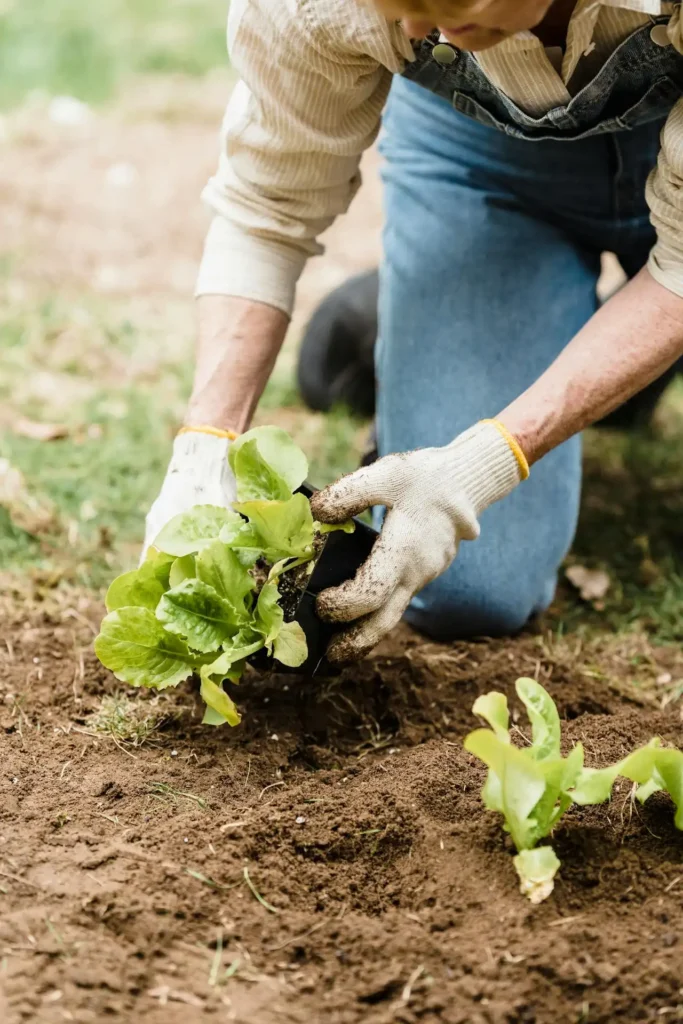
Start small when you begin companion planting. Choose two or three proven combinations rather than trying to implement complex multi-plant systems right away.
This approach lets you observe how different plants interact in your specific growing conditions.
Plan your garden layout before planting season begins. Consider mature plant sizes, growth habits, and timing requirements for each crop.
You don’t want fast-growing radishes overshadowed by slowly developing corn, for example.
Pay attention to planting timing when establishing companion relationships. Research the specific timing requirements for your chosen combinations.
Some plants need head starts before their companions join them, while others should go in the ground simultaneously.
Keep detailed records of what you plant together and how well each combination performs. Note pest problems, growth rates, and harvest yields for different pairings.
This information becomes invaluable for planning future seasons and refining your companion planting strategy.
Start with easy, proven combinations like tomatoes with basil, or carrots with onions.
These partnerships have worked for countless gardeners and provide reliable results while you learn the basics of companion planting.
Maximizing Benefits Through Strategic Planning
You can amplify companion planting benefits by thinking beyond simple two-plant partnerships.
Create polycultures that include multiple beneficial plants working together in the same space. Think about root zones when planning companion combinations.
These complex systems often prove more resilient and productive than simple pairings. Use vertical space to your advantage by combining plants with different growth habits.
Consider succession planting to maintain continuous companion relationships throughout the growing season.
As early crops finish, replace them with plants that benefit your remaining crops. This strategy keeps beneficial relationships active and maximizes garden productivity.
Train climbing beans up corn stalks, grow lettuce in the shade of tall tomato plants, or let sprawling squash ramble beneath upright crops.
Incorporate flowering plants throughout your vegetable garden to attract beneficial insects year-round.
These pollinators and predators support the entire garden ecosystem, not just specific companion plant pairs.
Pair deep-rooted plants with shallow-rooted ones to minimize competition and maximize nutrient uptake from different soil layers.
Seasonal Considerations for Companion Success
Spring companion planting focuses on cool-season crops that benefit from mutual protection against late frosts and temperature fluctuations.
Plant peas with cool-season greens, or combine early brassicas with protective herbs that deter flea beetles.
Summer combinations emphasize heat tolerance and pest management.
This season brings the heaviest pest pressure, so focus on companion plants that provide natural pest control.
Marigolds, nasturtiums, and aromatic herbs become especially valuable during peak growing season.
You’ll find that fall companion planting extends your growing season by creating microclimates that protect tender plants from early frosts.
Use taller, cold-hardy plants to shelter more sensitive crops as temperatures begin dropping. Consider cover crop companions during off-seasons.
Plan winter companion gardens in mild climates by combining hardy greens with protective herbs.
These combinations help maintain garden productivity during cooler months while preparing soil for spring planting.
Plant nitrogen-fixing legumes alongside other cover crops to improve soil health while preventing erosion and weed growth.
Common Mistakes to Avoid
Don’t overcrowd your garden beds when implementing companion planting. Overcrowding leads to disease problems and reduced yields.
Plants still need adequate space for air circulation and light penetration, even when they benefit from close proximity.
Avoid assuming that all “good” companion plants work well together in large groups. Some plants that benefit specific crops may not work well with each other.
Research multi-plant combinations carefully before implementing complex polycultures. You shouldn’t ignore individual plant needs when focusing on companion benefits.
If companion plants have vastly different water, light, or soil requirements, the partnership likely won’t succeed regardless of theoretical benefits.
Don’t expect companion planting to solve all your garden problems instantly. Resist the urge to move plants around once companion relationships are established.
These relationships take time to establish and may require adjustments based on your specific growing conditions and local pest populations.
Many beneficial interactions depend on root zone connections and soil chemistry changes that develop over time.
Troubleshooting Companion Plant Problems
When companion combinations don’t perform as expected, start by evaluating growing conditions rather than abandoning the partnership entirely.
Poor soil, inadequate water, or insufficient light can prevent even proven companions from thriving together.
Look for signs of nutrient competition if companion plants show stunted growth or yellowing leaves.
You may need to increase fertilization or provide more space between competing plants to resolve these issues.
Monitor pest populations carefully when using companion plants for pest control. Adjust planting timing if companion plants aren’t establishing proper relationships.
Sometimes companion plants can actually concentrate pests in certain areas, requiring additional management strategies to protect vulnerable crops.
Some combinations require specific growth stages to align properly, and timing adjustments often resolve partnership problems.
Consider your local climate and growing conditions when adapting companion planting advice from other regions.
What works in one area may require modifications for different soil types, rainfall patterns, or pest populations.
Advanced Companion Planting Strategies
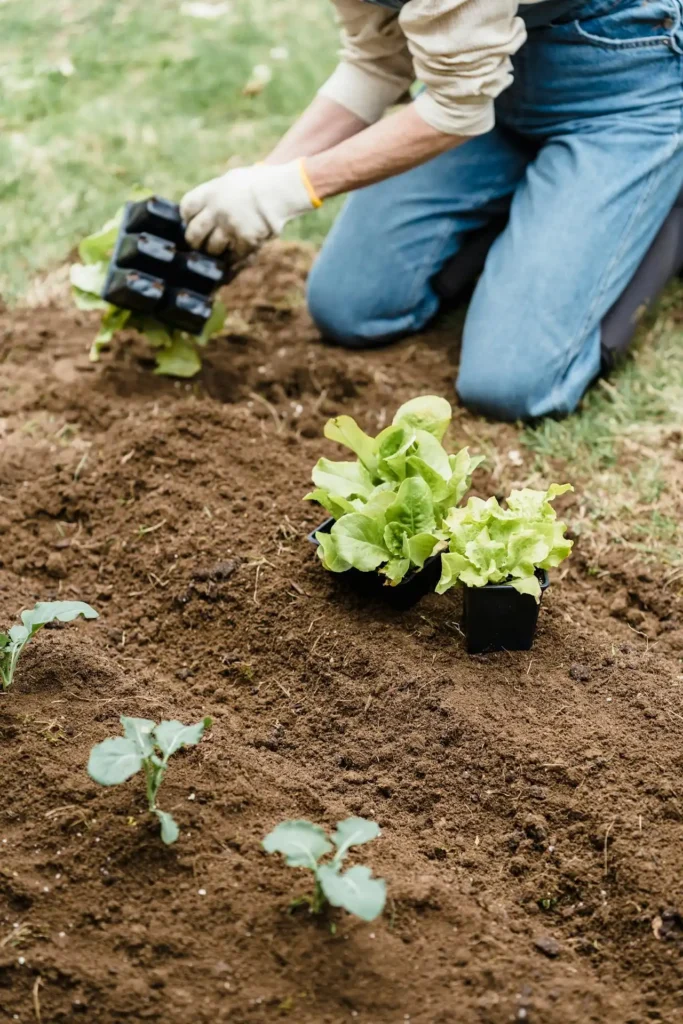
As you gain experience, you can experiment with guild planting, where multiple plants work together to create self-sustaining mini-ecosystems.
These complex arrangements often include nitrogen fixers, pest deterrents, soil builders, and primary crops working in harmony. This strategy often works better than single-plant pest deterrents.
Explore beneficial insect habitat creation through companion planting. Investigate soil biology connections between companion plants.
Designate specific areas for plants that provide nectar, pollen, and overwintering sites for beneficial insects throughout the entire growing season.
Consider allelopathic relationships more deeply by researching specific chemical compounds that plants release.
Understanding these interactions helps you make more informed decisions about plant combinations and spacing requirements.
Some partnerships work because plants share beneficial soil microorganisms that improve nutrient uptake and disease resistance for both partners.
Experiment with aromatic pest confusion by creating diverse scent combinations that make it difficult for pests to locate their preferred host plants.
Conclusion
Companion planting transforms your garden into a collaborative ecosystem where plants support each other naturally.
Start with proven combinations, observe carefully, and gradually expand your companion planting knowledge through hands-on experience.

